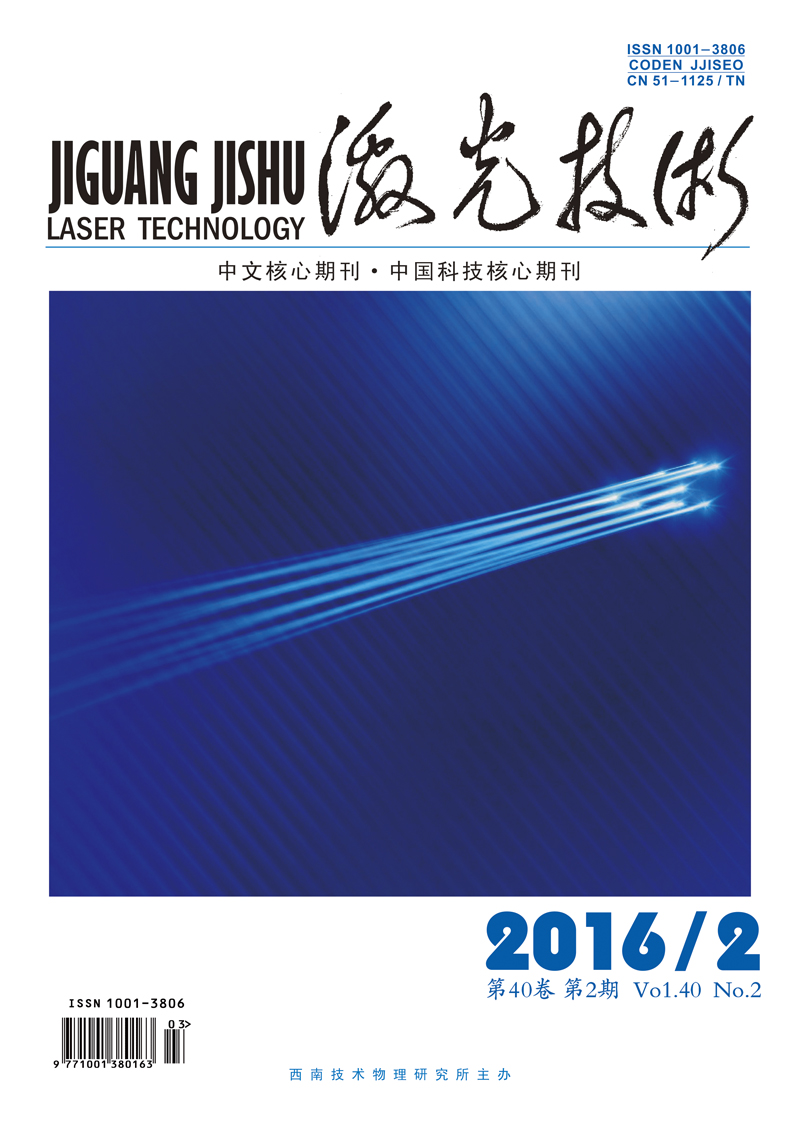|
[1]
|
WAN M, LUO P F, JIN J Y, et al. Fabrication of localized surface plasmon resonance fiber probes using ionic self-assembled gold nanoparticles[J]. Sensors, 2010, 10(7):6477-6487. |
|
[2]
|
FU Y L, FU J,WU Y C, et al. Development and application of surface plasmon resonance sensor technique[J]. Laser Journal, 2006, 27(6):15-17(in Chinese). |
|
[3]
|
SLAVK R, HOMOLA J, ?TROK J. Miniaturization of fiber optic surface plasmon resonance sensor[J]. Sensors and Actuators, 1998, B51(1/3):311-315. |
|
[4]
|
YUN H, MAUNG K K O, SVETLANA S, et al. Photonic crystal fiber as an optofluidic platform for surface-enhanced raman scattering[J]. Proceedings of the SPIE, 2010, 7839:783908. |
|
[5]
|
LIU Y, XU Sh P, TANG B, et al. Note:simultaneous measurement of surface plasmon resonance and surface-enhanced Raman scattering[J]. Review of Scientific Instruments, 2010, 81(3):036105. |
|
[6]
|
LISCIDINI M, GALLI M, PATRINI M, et al. Enhancement of light-matter interaction using surface states in photonic crystal structures[J]. Proceedings of the SPIE, 2010, 7608:76080W. |
|
[7]
|
LI J F, HUANG Y F, DING Y, et al. Shell-isolated nanoparticle-enhanced Raman spectroscopy[J]. Nature, 2010, 464(7287):392-395. |
|
[8]
|
GUAN Ch Y, YUAN L B. Surface plasmon resonance refractive index fiber sensor with hole assisted structure[J]. Proceedings of the SPIE, 2011, 7753:775310. |
|
[9]
|
HASSANI A, SKOROBOGATIY M. Design of the microstructured optical fiber-based surface plasmon resonance sensors with enhanced microfluidics[J]. Optics Express, 2006, 14(24):11614-11621. |
|
[10]
|
WANG A N, DOCHERTY A, KUHLMEY B T, et al. Side-hole fiber sensor based on surface plasmon resonance[J]. Optics Letters, 2009, 34(24):3890-3892. |
|
[11]
|
LIN H Y, TSAI W H, TSAO Y Ch, et al. Side-polished multimode fiber biosensor based on surface plasmon resonance with halogen light[J]. Applied Optics, 2007, 46(5):800-806. |
|
[12]
|
JOHNSON P B, CHRISTY R W. Optical constants of the noble metals[J]. Physical Review, 1972, B6(12):4370-4379. |
|
[13]
|
WEBER M J. Hand book of optical materials[M]. London,UK:CRC Press LLC, 2003:99-100. |
|
[14]
|
CHABOT V, MIRON Y, GRANDBOIS M, et al. Long range surface plasmon resonance for increased sensitivity in living cell biosensing through greater probing depth[J].Sensors and Actuators, 2012,B174(1):94-101. |
|
[15]
|
SHAVKAT N, VLADIMIR M M. Self-referencing SPR-biosensors based on penetration difference of evanescent waves[J].Biosensors Bioelectronics, 2011, 28(1):263-269. |
|
[16]
|
HAUTAKORPI M, MATTINEN M, LUDVIGSEN H. Surface-plasmon-resonance sensor based on three-hole microstructured optical fiber[J]. Optics Express, 2008, 16(12):8427-8432. |

 Map
Map



 DownLoad:
DownLoad: